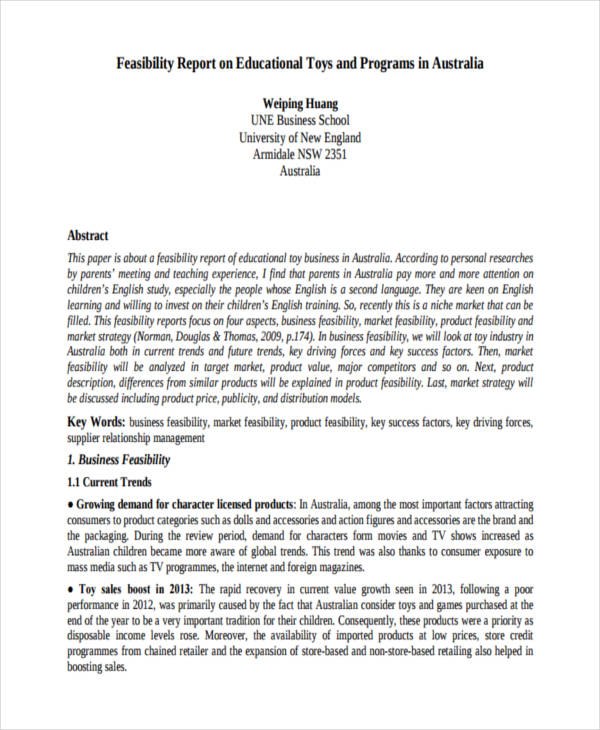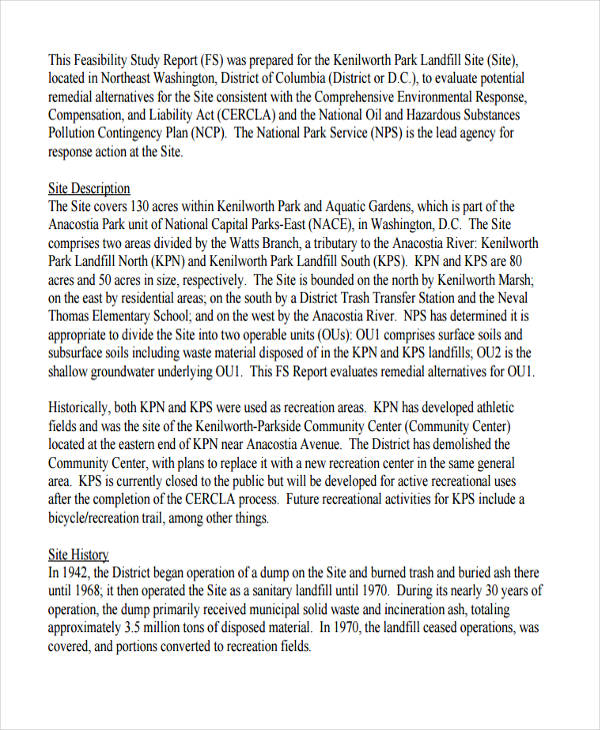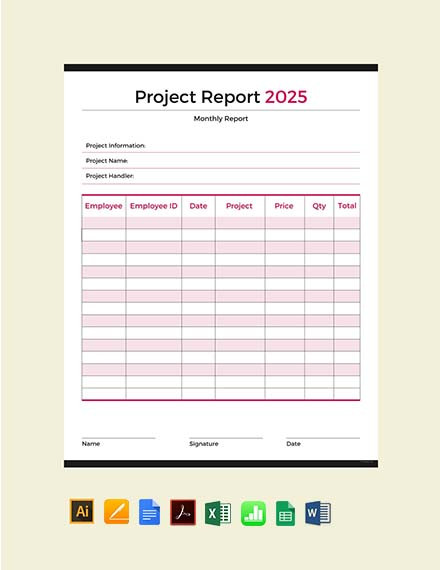12+ Feasibility Report Examples to Download
A feasibility report is a crucial document that evaluates the viability of a project or business idea by analyzing various factors such as economic, technical, legal, and scheduling considerations. It helps decision-makers determine whether a proposed initiative is worth pursuing, based on its potential for success and the risks involved. By providing a systematic review of the pros and cons, feasibility reports play an essential role in preventing costly mistakes and ensuring that resources are allocated to projects with the highest likelihood of beneficial outcomes. This critical analysis not only aids in safeguarding investments but also facilitates informed decision-making in both corporate and entrepreneurial environments.
What is Feasibility Report?


Feasibility Report Examples Bundle
Feasibility Report Format
Executive Summary
A brief overview of the project, main conclusions, and recommendations.
Introduction
Explanation of the project, including the scope and purpose of the report.
Technical Analysis
Assessment of the technical resources and capabilities required for the project.
Market Analysis
Evaluation of the market demand, competition, and potential customer base.
Financial Analysis
Detailed review of the financial projections, funding requirements, and economic viability.
Legal and Administrative Analysis
Examination of any legal or regulatory issues and administrative structures involved.
Risk Analysis
Identification and evaluation of potential risks and strategies to mitigate them.
Conclusions and Recommendations
Summary of findings and final recommendations based on the report’s analyses.
Feasibility Report Example
Feasibility Report Examples
Feasibility Report for Students

Feasibility Report for Small Business

Feasibility Report for Loan

More Examples on Feasibility Report
- Feasibility Report for Construction Project
- Feasibility Report for Redevelopement
- Feasibility Report for 1000 Broller
- Feasibility Report for Petrol Pump
- Market Feasibility Report
- Financial Feasibility Report
- Technical Feasibility Report
- Site Feasibility Report
- Simple Feasibility Report
- Engineering Feasibility Report
- Pre Feasibility Report
Feasibility Report Samples
Free Project Feasibility Report Template
Business Feasibility

Feasibility Study Report

How to Create a Feasibility Report
- Define the Scope and Objectives: Clearly outline the scope of the project or business idea. Define the objectives of the feasibility report, specifying what you aim to determine through this assessment. This step sets the direction for the entire analysis and ensures that the report addresses the right questions.
- Conduct a Market Analysis: Research the market to understand the demand for the product or service, identify potential customers, analyze competitors, and assess market trends. This analysis should provide insight into whether there is a sufficient market for the project and what the competitive landscape looks like.
- Perform Technical and Operational Assessment: Evaluate the technical aspects of the project, including the technology required, the manufacturing process, or the service delivery mechanism. Assess the operational capabilities needed, such as staffing, location, materials, and logistics. This step determines if the project is technically and operationally feasible.
- Prepare Financial Projections: Develop detailed financial projections including start-up costs, operating costs, revenue projections, and profitability analysis. Use these projections to perform a break-even analysis, return on investment (ROI) calculations, and assess the financial risks. This financial analysis is crucial to ascertain the economic viability of the project.
- Analyze Legal and Environmental Factors: Review any legal requirements, regulatory issues, or environmental impacts associated with the project. This includes obtaining necessary permits, ensuring compliance with local, state, or federal regulations, and assessing any potential environmental hazards or community impact.
How to Write a Feasibility Report

Gather Comprehensive Data
Before writing, collect all necessary information about the project’s technical requirements, market dynamics, financial needs, and potential risks. This includes research data, expert opinions, and relevant case studies.
Be Objective
Maintain objectivity throughout the report. Present both the advantages and challenges of the project without bias. The goal is to provide a balanced view that supports informed decision-making.
Use Clear and Concise Language
Write in a straightforward and easy-to-understand style. Avoid technical jargon unless it is commonly understood in the field for which the report is being prepared. Clarity is key to ensuring that stakeholders of all backgrounds can understand the feasibility findings.
Incorporate Visuals
Utilize charts, graphs, and tables to visually represent data. This can help clarify complex information and make it easier for readers to grasp the financial and analytical aspects of the feasibility study.
Conclude with a Strong Recommendation
End the report with a clear and well-supported recommendation based on the analysis presented. Summarize the key points that led to the conclusion, whether it is to proceed with the project, modify the proposal, or abandon the initiative.
Benefits of Feasibility Report
- Informed Decision Making: Provides comprehensive analysis and insights, helping stakeholders make well-informed decisions about whether to proceed with a project.
- Risk Identification and Management: Identifies potential risks early in the project planning process, allowing for the development of strategies to mitigate them effectively.
- Resource Allocation: Helps ensure that resources are allocated efficiently by highlighting projects that are likely to succeed and advising against those that may not be viable.
- Financial Analysis: Offers a detailed financial forecast that includes cost estimations, revenue projections, and profitability analysis, helping to ascertain the financial viability of the project.
- Market Validation: Analyzes the market demand, competition, and customer needs, providing validation or concerns about the market readiness and acceptance of the project.
- Technical Assessment: Evaluates the technical feasibility, ensuring that the project is technically achievable with available technology and resources.
- Regulatory Compliance: Identifies any potential legal and regulatory hurdles, providing an opportunity to address these issues before they become problematic.
- Strategic Planning: Aids in strategic planning by providing detailed insights into all aspects of the project, including market trends, technical requirements, and financial needs.
- Stakeholder Confidence: Builds confidence among investors and stakeholders by presenting a well-researched report that demonstrates the thorough consideration of all critical facets of the project.
- Project Benchmarking: Allows for the setting of clear benchmarks and milestones based on the project’s feasibility study, aiding in project management and monitoring progress.
FAQs
Why is a feasibility report important?
It helps identify potential challenges and opportunities, ensuring efficient allocation of resources and informed decision-making.
What are the key components of a feasibility report?
Key components include market analysis, financial projections, technical assessment, legal considerations, and risk analysis.
How does a feasibility report aid in risk management?
It identifies potential risks early, allowing for strategies to mitigate them effectively, thus safeguarding investments.
Who should prepare a feasibility report?
Typically, a cross-functional team including market analysts, financial experts, technical specialists, and project managers prepares the report.
When should a feasibility report be conducted?
It should be conducted before significant resources are allocated to a project, during the initial planning phase.



